
- What Makes a Landscape Painter 'the Best'?
- Top Historical Landscape Painters You Should Know
- 1.1. Albert Bierstadt
- 2.2. Ivan Shishkin
- 3.3. Claude Monet
- 4.4. J.M.W. Turner
- 5.5. John Constable
- 6.6. Caspar David Friedrich
- 7.7. Thomas Cole
- 8.8. Frederic Edwin Church
- 9.9. Jean-Baptiste-Camille Corot
- 10.10. Hiroshige
- 1.
- The Best Contemporary Landscape Painters Working Today
- 11.11. David Hockney
- 12.12. Rob Van Hoek
- 13.13. Lynne Douglas
- 14.14. Aleksandr Korol
- 15.15. Virginia Garcia Costa
- 16.16. Adam Bogusz
- 17.17. Tomas Castaño
- 18.18. Natalia Baykalova
- 11.
- Underrated Landscape Artists Worth Discovering
- 19.19. Peder Mørk Mønsted
- 20.20. Rosa Bonheur
- 21.21. Francisco Palomares
- 22.22. Shandor Alexander
- 23.23. Justinas Krasuckas
- 19.
- Where to See the Best Landscape Paintings
Landscape painting has been a core part of art history for centuries, but with so many artists and styles, it can be hard to know which painters truly stand out. Another question is - what makes them stand out?
To make things easier, we’ve put together a clear, curated list of the best landscape painters of all time, including both historical masters and top contemporary names. These artists represent the most influential, skilled, and widely recognized landscape painters in the world.
What Makes a Landscape Painter 'the Best'?
If you're creating, you're an artist, but there's a reason some painters are called “legendary.” While some simply document what’s in front of them, others transform a scene into something unforgettable. So, what makes them stand out?
- Technical skill
The ability to capture light, depth, color, and texture realistically or expressively.
- Originality
A unique perspective, style, or approach that stands out in a crowded genre.
- Emotional impact
Great landscape paintings evoke feelings: calm, awe, nostalgia, even tension.
- Influence
Artists who introduced new techniques, started movements, or inspired generations of painters.
- Consistency and range
A strong body of work across subjects, locations, or evolving styles.
- Recognition
Museum presence, critical acclaim, or lasting popularity among collectors and the public.
In short, the best landscape painters combine vision, skill, and influence. They're not just documenting nature, they’re shaping how we see and feel it.
Top Historical Landscape Painters You Should Know
1. Albert Bierstadt

Albert Bierstadt was a 19th-century German-American painter known for his dramatic views of the American West. His large-scale canvases captured vast mountain ranges, glowing skies, and sweeping valleys with precise detail and theatrical lighting.
Bierstadt’s work helped introduce the landscapes of the Rocky Mountains and Yosemite to a wider audience at a time when much of the West was still unexplored. His use of light and atmosphere made his paintings feel almost cinematic, earning him national fame during his lifetime.
2. Ivan Shishkin

Ivan Shishkin was a 19th-century Russian painter best known for his detailed depictions of forests, trees, and rural scenery. His technical precision and ability to render texture made his landscapes incredibly lifelike.
Shishkin focused heavily on the Russian countryside, often painting birch groves, pine forests, and quiet meadows. His works reflect a deep connection to nature and a dedication to realism that set him apart from his peers.
3. Claude Monet

Claude Monet was a French Impressionist who transformed the way landscapes were painted. Instead of aiming for perfect detail, he focused on how light, color, and movement changed what we see in nature.
His famous Water Lilies series and views of gardens, rivers, and skies captured fleeting moments with loose brushstrokes and a soft, atmospheric feel. Monet’s work laid the foundation for modern landscape painting.
“The richness I achieve comes from nature, the source of my inspiration.” - Claude Monet.
4. J.M.W. Turner

J.M.W. Turner was a British painter who redefined landscape art in the 19th century. He was known for his bold use of color, expressive brushwork, and ability to capture light in a way that felt emotional and powerful.
Turner’s seascapes, storms, and glowing sunsets often blurred the line between realism and abstraction. His work deeply influenced the rise of Impressionism and modern art as a whole.
5. John Constable

John Constable was an English Romantic painter known for his idealized views of the rural countryside. He focused on scenes from his native Suffolk, capturing hayfields, rivers, and village life with soft light and gentle detail.
Constable believed landscape painting should reflect personal experience and emotion. His works, like The Hay Wain, focused on harmony between people and nature and helped elevate landscape art in 19th-century Britain.
6. Caspar David Friedrich

Caspar David Friedrich was a German Romantic painter who used landscapes to express deep emotion and philosophical ideas. His scenes often feature lone figures surrounded by vast mountains, fog, or ruins.
Rather than just show nature, Friedrich used it symbolically, to explore themes like isolation, mortality, and the sublime. His moody compositions made him one of the most influential landscape artists in Europe.
7. Thomas Cole

Thomas Cole was the founder of the Hudson River School and a key figure in American landscape painting. His works depicted the wild beauty of the American frontier at a time when the country was expanding westward.
Cole’s paintings, such as The Oxbow, blended realism with a sense of grandeur and moral meaning. He saw nature as both majestic and fragile, often using it to comment on human progress and environmental change.
8. Frederic Edwin Church

Frederic Edwin Church was a leading figure in the Hudson River School and a student of Thomas Cole. He became known for his panoramic landscapes that captured the dramatic scenery of places like the Andes, the Arctic, and the Middle East.
Church combined scientific observation with a romantic vision, often portraying light, atmosphere, and natural phenomena with precision. His large-scale paintings were highly detailed and aimed to inspire awe in viewers.
9. Jean-Baptiste-Camille Corot

Jean-Baptiste-Camille Corot was a French painter who played a key role in the transition from Neoclassicism to Impressionism. He painted quiet, natural landscapes, often working outdoors to capture the light and mood of a scene directly.
Corot’s soft brushwork, muted color palette, and balanced compositions influenced generations of painters. He’s considered a pioneer of plein air painting and a major influence on the Impressionist movement.
10. Hiroshige

Utagawa Hiroshige was a 19th-century Japanese ukiyo-e artist known for his woodblock prints of landscapes and seasonal scenes. His most famous works include The Fifty-Three Stations of the Tōkaidō and One Hundred Famous Views of Edo.
Hiroshige’s prints combined precise composition with poetic atmosphere. He captured weather, light, and everyday life with a sense of calm and beauty that deeply influenced Western artists, including the Impressionists.
The Best Contemporary Landscape Painters Working Today
11. David Hockney

David Hockney is one of the most well-known contemporary artists, celebrated for his vibrant and experimental approach to landscapes. He works across traditional media like painting and drawing, as well as digital formats such as iPad art and multi-panel photography.
Hockney often paints bold, colorful scenes inspired by the English countryside and California. His playful use of perspective and technology has helped redefine what landscape art can look like today.
“Enjoyment of the landscape is a thrill. Nature, never, never let’s you down…” - David Hockney.
12. Rob Van Hoek

Rob Van Hoek is a Dutch landscape painter whose work focuses on patterns found in rural scenery. He draws inspiration from trees, paths, and fields, using rhythm, line, and texture to create abstracted, almost musical compositions.
Rather than replicate specific places, Van Hoek paints imagined landscapes shaped by his walks and observations in nature. His work balances simplicity with emotional depth, often using a bird’s-eye view.
“The landscape is an illusion: once you get in, it is gone. My paintings are an illusion too, not an existing place, but a composition with all kinds of ...” - Rob Van Hoek.
13. Lynne Douglas

Lynne Douglas is a Scottish photographer known for turning camera movement into a creative tool. Her images blend photography and painting by using intentional motion blur to capture light and landscape in a dreamlike way.
Much of her work is inspired by the Scottish countryside, especially the Isle of Skye. By moving her camera during long exposures, she creates images that feel fluid, emotional, and painterly.
14. Aleksandr Korol

Aleksandr Korol is a Ukrainian landscape painter trained in traditional plein air techniques. His style blends realism with impressionism, often incorporating symbolic elements and rich textures to create expressive, layered compositions.
Korol paints scenes from life while traveling, capturing local color, culture, and atmosphere. His landscapes feature strong brushwork, light contrasts, and a sense of emotional depth grounded in real environments.
15. Virginia Garcia Costa

Virginia Garcia Costa is an Argentinian artist based in Switzerland who creates textured oil paintings and sculptural wall pieces inspired by natural elements, especially water. Her works often play with light, surface, and form to create peaceful, meditative visuals.
She combines modern aesthetics with organic patterns, using color and material arrangement to reflect the stillness or movement of nature. Her pieces are known for their calm, balanced presence and subtle three-dimensionality.
16. Adam Bogusz

Adam Bogusz is an Australian artist known for his imaginative, emotionally driven acrylic landscapes. Drawing heavily from memory and childhood creativity, he builds surreal natural scenes that feel vibrant, loose, and open to interpretation.
Bogusz prefers not to explain his work, inviting viewers to find their own meaning. His colorful compositions often feature dreamlike forms, blending joy, ambiguity, and a strong connection to nature.
17. Tomas Castaño

Tomas Castaño is a Spanish landscape artist known for his detailed paintings of skies, architecture, and urban environments. He often focuses on the light at different times of day, especially around sunset, to create warm, atmospheric scenes.
His work includes both natural and built landscapes, with many pieces capturing historical storefronts and city corners in Madrid. Castaño combines realism with a nostalgic feel, preserving places that are slowly disappearing.
18. Natalia Baykalova

Natalia Baykalova is a Russian artist who draws inspiration from the snowy mountains of Siberia. She began by sketching and photographing natural scenes while skiing and later developed those ideas into emotional, color-driven landscape paintings.
Her work is characterized by soft transitions, muted tones, and a strong sense of stillness. Baykalova uses subtle palettes to express the mood and light of winter, aiming to reflect her emotional connection with the environment.
Underrated Landscape Artists Worth Discovering
19. Peder Mørk Mønsted
A Danish realist known for his serene forest scenes and crystal-clear reflections. His brushwork is detailed but still loose enough to feel natural and balanced.
20. Rosa Bonheur
A French painter who brought emotion and realism to rural life. Her landscapes often featured working animals and pastoral scenes with strong technical skill.
21. Francisco Palomares
A Mexican-American artist painting vivid scenes of Los Angeles. His landscapes document disappearing landmarks and reflect the culture of his community.
22. Shandor Alexander
A Ukrainian plein-air painter who captures peaceful rural life in the Carpathians. His work emphasizes light, seasonal change, and quiet atmosphere.
23. Justinas Krasuckas
A Lithuanian artist known for moody realism. He paints forests, coasts, and quiet landscapes with rich textures and a deep sense of place.
Where to See the Best Landscape Paintings
If you want to see great landscape art in person, there are a few places worth visiting. Some hold famous historical works, others focus on modern artists, and there are also solid options online if you're just browsing or looking to buy.
- Louvre (Paris)
You’ll find early European landscapes here, especially works by Poussin and Corot. It’s a good place to see how the genre first started to take shape.
- National Gallery (London)
Home to major works by Turner and Constable. If you’re interested in the British countryside or moody skies, this is the place.
- The Met (New York)
A solid mix of European and American landscapes, including big names like Cole, Church, and van Gogh. Great variety in one spot.
- Tate Britain (London)
Covers both historical and modern British landscape painters, including Romantic pieces and bold works by Hockney.
- Online galleries
Saatchi Art and Artsy are good for exploring new artists or browsing by style. They also make it easy to support independent painters or find something unique.
Final thoughts
Landscape art has always been about more than just painting nature. The best ones don’t just show a place, they make you feel something. Calm, awe, nostalgia, peace. That’s what makes them so timeless, no matter the style or era.
If you want your own landscape artwork, Photo2Painting offers custom landscape paintings made by top US artists. Just send in a photo, and we’ll turn it into a hand-painted piece you can keep forever.
Frequently Asked Questions
Who is considered the best landscape painter?
There isn’t one clear answer, but names like Claude Monet, J.M.W. Turner, and Albert Bierstadt come up often. They each brought something different, whether it was atmosphere, light, or scale, and helped shape how we see landscape art today.
Who was America’s best landscape artist?
Thomas Cole is usually seen as the key figure in American landscape painting. He founded the Hudson River School and focused on the dramatic beauty of nature. Frederic Edwin Church and Albert Bierstadt are also widely recognized.
What are the styles of landscape painting?
Some of the main styles include realism, impressionism, romanticism, abstract, and plein air. Each one approaches nature differently, from accurate detail to emotional or expressive interpretations.
What paint is best for landscape painting?
Oil paint is the go-to for many landscape artists because it blends well and holds rich color. Acrylic is also popular for its quick drying time, while watercolor works best for softer, more fluid effects.
How much does a landscape painting usually cost?
Prices vary a lot. Smaller pieces by newer artists can start around $100, while larger works by established painters can cost thousands. It depends on the artist, size, medium, and level of detail.
George, CEO of Photo2painting, is a passionate art lover and entrepreneur. He founded Photo2painting.com from scratch, inspired by his artist friends. As the company's CMO, he manages content and marketing.
Excellent Customer Reviews















































































































































